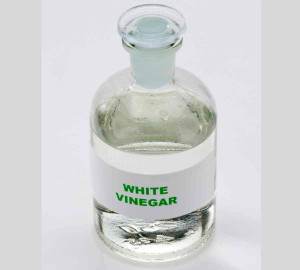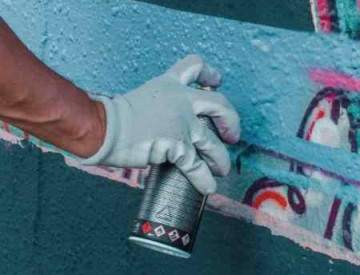
How To Treat and Prevent Shipping Container Rust
Understanding Rust, Its Impact on Shipping Containers

To the naked eye, metal appears to be solid; however, it is actually made up of tiny pits that water can penetrate. In addition, water has an oxygen atom, and when oxygen reacts with iron (present in most metals), the iron corrodes. Thus, forming rust. It usually appears as red, orange, or brownish flaking of a metal surface. Unfortunately, rust affects metal’s chemical structure and recyclability, affecting its value. However, it does not immediately affect the value of the metal. When rust has only appeared on the surface, you can still remove and improve it, but when crumbling rust appears, the corrosion has punctured beyond the surface and injured the metal composition.
Shipping Containers Can Rust Over Time
Shipping containers are assembled using CorTen steel, a high-grade steel with anti-corrosion features to prolong the prevention of rust. Even though shipping containers have this so-called anti-corrosion feature, they can and will rust over time. Still, it does not automatically mean that your shipping container is useless. Also, it highly depends on the climate and the location of your shipping container. Condensation and humidity affect shipping containers because of their metal structure, a temperature conductor. Once the shipping container becomes too warm inside, condensation collects on the exterior surface and the ceiling. It looks like rain droplets and is sometimes called “container rain.” When the iron in the shipping container metal reacts with the oxygen in the water and the air, rust will appear over time if not taken care of.
How to Treat Rust
If you’ve spotted rusted patches on your container’s exterior, there is still a way to treat it and, afterward, prevent it. The easiest way to treat rust is to grind, sand, or chip the rust down. However, if you don’t have access to these tools and are looking to save a few dollars, here are three easy ways to remove rust from your shipping container using only materials you can find at home.

White Vinegar
The first option is white vinegar: spray the rust spots on your shipping container or dab them with a damp towel. You’ll need to leave it for 30 minutes to one hour and then rinse and dry. Repeat if you’re not pleased with the result.

Lemon
Next, lemon with baking soda is your second option: mix lemon and baking soda, forming a paste. Use a dry and clean rag to apply the paste. Leave the paste on for 30 minutes to one hour, then use a toothbrush to scrub the paste into the rusted area, then wash and dry. Again, repeat if you are not pleased with the result.

Potato
And the third option is a potato with baking soda or salt: slice a potato in half and dredge the open side with salt or baking soda. Rub the potato on the rusted areas. The citric acid in the potato will remove the rust, and the salt or baking soda scrubs the rust away. Rinse and dry. Repeat if you’re not pleased with the result.
Protecting Shipping Containers, Strategies to Prevent Rust
After treating the rust off your shipping container, you must now prevent it. There are two significant steps to preventing rust. First, regularly and thoroughly inspect your shipping container, especially the base, the lower areas of the doors, and other areas where water can usually be trapped. And second, avoid constant water, ice, or snow contact as moisture initiates oxidation which causes corrosion. In addition, you can take some extra steps to prevent rust from forming on your shipping container.

Oil
If you own a gun, you would know the importance of keeping it well-oiled. Oil creates a wall between the metal and water or air, keeping rust away from your metal (shipping container). Aside from that, it also lubricates your shipping container, which will minimize your doors from getting stuck. For this, you can even use used oil. However, while oil is effective and may be the simplest way to prevent rust, it’s not the best. It would be best to oil your metal frequently, but this takes time and energy.

Dry Coating
Dry coating rust prevention products are a highly effective way to prevent corrosion. These products are primarily made to avoid rust. The dry coating is ideal for preventing rust if you want your shipping container to stay clean. In addition to this, you can combine this method with other ways of preventing rust.
Zinc Paint
Another way to prevent and avoid rust is by painting it. Applying zinc paint can delay the process of shipping container rust substantially by the process called “cathodic protection.” Like oil and anti-rust products, paint also creates a barrier protecting metal from oxidating. High-quality zinc paint contains at least 90% zinc powder. When applying your zinc paint, don’t apply a heavy amount of it. Concisely spraying your shipping container’s exterior is enough to achieve a protective film of 20-30 microns.
Rust can be outright unpleasant to the human eye, so remember to frequently examine your shipping container for rust patches and treat them immediately, so they don’t spread and penetrate beyond the surface. Just follow these simple methods to prevent your shipping container from rusting and ensure a longer lifespan for your shipping container.
SHIPPING CONTAINERS FOR SALE IN COLUMBUS, OH

